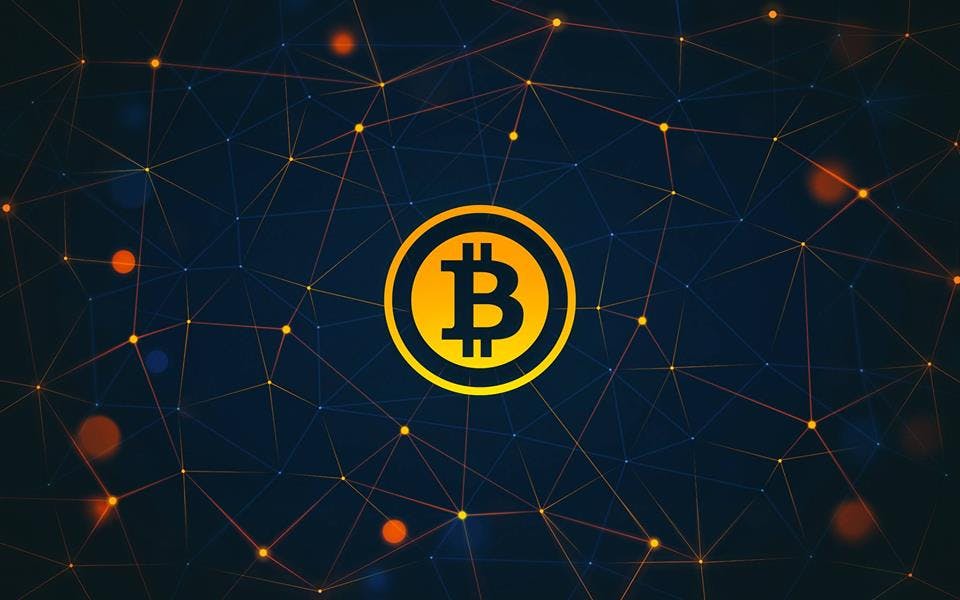Why did Bitcoin rise in value? Everyone gets caught up in the bitcoin bubble craze when they could be learning about the technology that enabled the bitcoin. In the cryptocurrency world, Bitcoin, otherwise known as BTC, and the blockchain it runs on is just as outdated as your dial-up internet connection. It’s considered Blockchain 1.0 and the crypto industry is actively developing Blockchain 3.0 and 4.0. This is where the real magic lives for businesses. The newest versions of the blockchain will offer transformational changes in recruiting and every other industry around the world.
In the next few articles, I’d like to introduce a series of concepts related to how the blockchain will impact HR and the recruiting industry. But before we get there, we must understand the fundamentals of this new internet. We also must comprehend what this blockchain actually is versus what it isn’t.
“The blockchain is an incorruptible digital ledger of economic transactions that can be programmed to record not just financial transactions but virtually everything of value.”
Imagine a Google or Excel sheet you’ve shared with your recruiting team to track hiring activities. Your sheet updates automatically in real time, it’s asynchronous, and everyone has access to the ability to update it. This is how the blockchain works. At the end of the day, the blockchain is just a database. However, it doesn’t store the data in a centralized way like your Google sheet does in the cloud. It’s a distributed database that isn’t stored in any single location. It’s everywhere, and everyone has access to it. This makes it very easy to maintain transparency and integrity around the data stored in the blockchain.
Most people think about bitcoin and the blockchain as a form of currency or a store of value. In the cryptocurrency world, we identify digital currencies on the blockchain as coins or tokens. They can hold currency or utility attributes. We’re accustomed to thinking about coins or tokens as single cell organisms that serve one purpose – to transact from an origin location to a destination, like when I pay for a movie ticket online, there is an exchange that happens from me to the movie ticket company. In this case, I’m the origin party using my currency and exchanging it for for a product or service – in this case, a movie ticket.
The revolution we call blockchain evolved the concept of the transaction by building a software layer inside the coin that uses an intelligence layer to interact with the blockchain it runs on. The blockchain gives your money a brain, and in the crypto community, we call this a “smart contract.” Smart contracts are referred to as a Blockchain 2.0 innovation, and Ethereum is the name of the blockchain that pioneered the smart contract. Basically, they took Bitcoin once step further by creating an API layer within the digital currency. Ethereum tokens are called Ether or ETH. It has become a platform for businesses to develop on. Smart Contracts AKA Coins AKA Tokens are highly customizable, transaction assets that move on a blockchain and they don’t necessarily have to function as a monetary value.
All of the hype you are reading about is centered around how smart contracts can interact with a distributed, decentralized, blockchain to do amazing things. It’s still very new, and every single industry in the world is coming up with proof of concepts and white papers to apply the benefits of the blockchain configuration.
How much better is the blockchain compared with existing systems? Well, we will need to get comfortable thinking about progress regarding 10X, 50X, 100X, and 1000X increases in performance. The potential value is mind-blowing when you start to understand how it works. Take, for example, SiaCoin, who is building a storage and virtualization blockchain that will become a competitor or acquisition target for DropBox, Amazon AWS/S3, Microsoft Azure, or Google Cloud. Why? Well, let’s take a look at this comparison chart listed on Sia’s website:

If you were to utilize 100 Terabytes of data on Sia’s solution, you would save 90% compared with your existing provider and Sia will outperform. The value of the technology is astonishing, and we’ve only begun to discover blockchain’s utility.
I hope you enjoyed this introduction and in my next entries, I’ll turn our attention to emerging companies in the people and recruiting space that are building on the blockchain. We’ll evaluate how all this will impact HR, recruiting professionals, candidates, and the overall hiring process so stay tuned!
